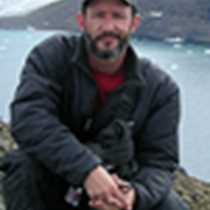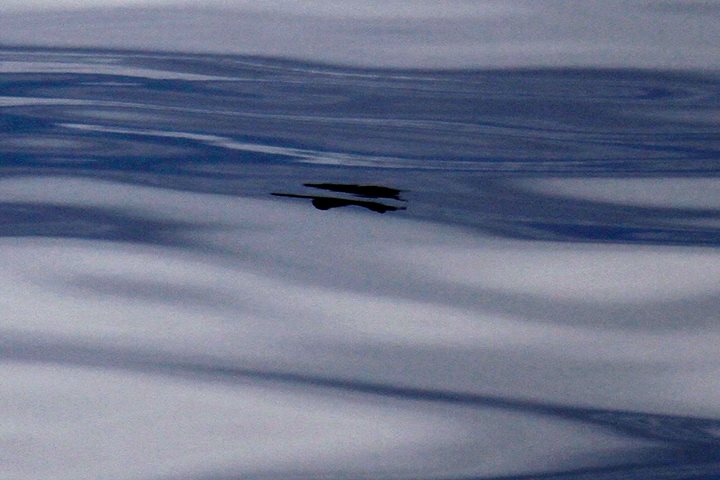The Beagle Channel is a wide, straight, and deep fjord that was carved over thousands of years as an ice sheet advanced and retreated during the last glacial maximum, some 20,000 years ago. The reason the fjord is so straight is that a river had eroded along a fault that separates the South American plate from the Scotia plate. The ice followed the lowland area formed by the ancient waterway. This fault is parallel to the main fault that lies under the Straights of Magellan. It is not only a geologic border but a geographic and national border as it defines the line of separation between Chile and Argentina.
This morning we made our way north and out of the Drake Passage and into the Beagle Channel. The morning was a little lumpy but we quickly made it into the protected waters of the Beagle. It was a good time to go over images, pack our belongings, fill out our personal journals, and think back to our great adventure in Antarctica. Naturalist Eric Guth gave a presentation about his fondness for ice and ice caves. Later we learned about another expedition that can be enjoyed on board National Geographic Explorer in the far north Arctic destination of Svalbard. The later afternoon saw the fog peel back to reveal the mountains of Patagonia on our way to Ushuaia, the final stop for the ship on our expedition.







